Enhancing Landfill Management with Geonet for Landfill Solutions
One solution for efficient landfill management is to use geonets, an important component in modern geosynthetics applications.
Tel: +86-411-39569550 | E-mail: info@geofantex.com/geofantex@gmail.com
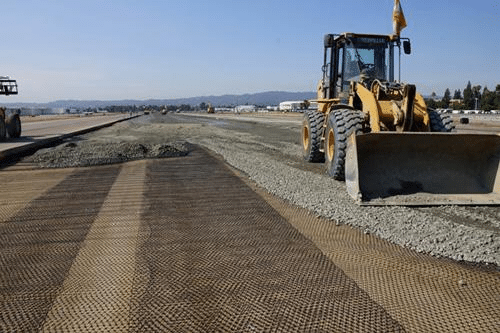
One solution for efficient landfill management is to use geonets, an important component in modern geosynthetics applications.
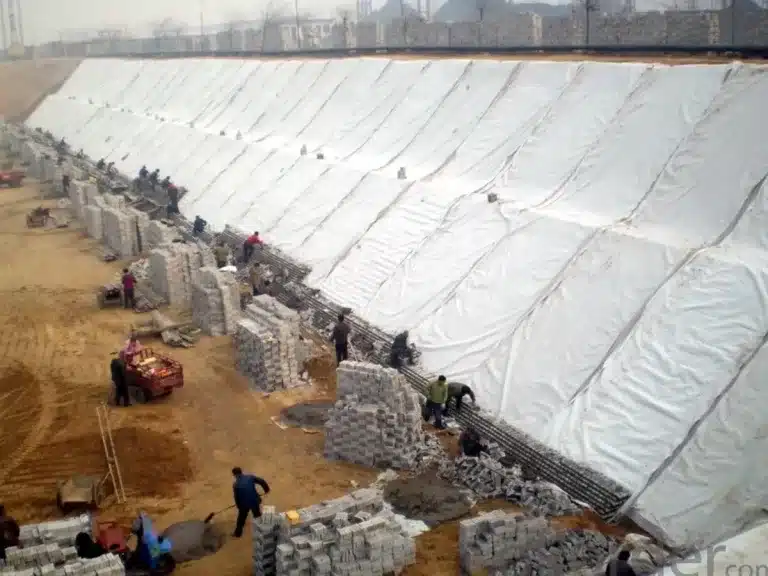
Geotechnical retaining walls are an essential solution in engineering, providing stability to a variety of projects.
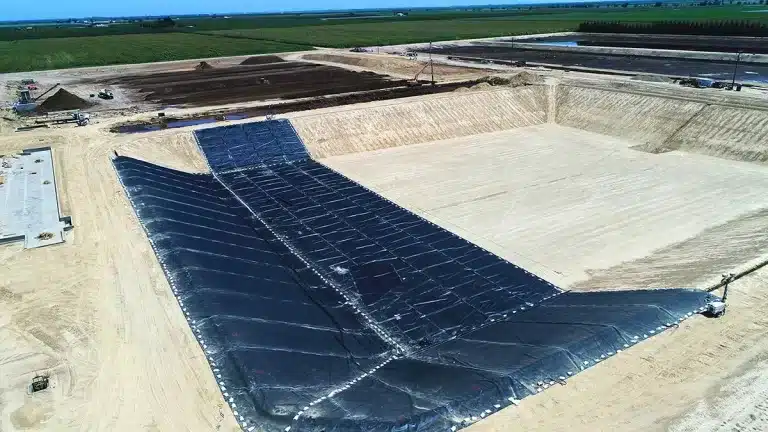
The use of geomembrane walls has gained significant momentum in recent years, becoming an essential component in the field of geosynthetics.
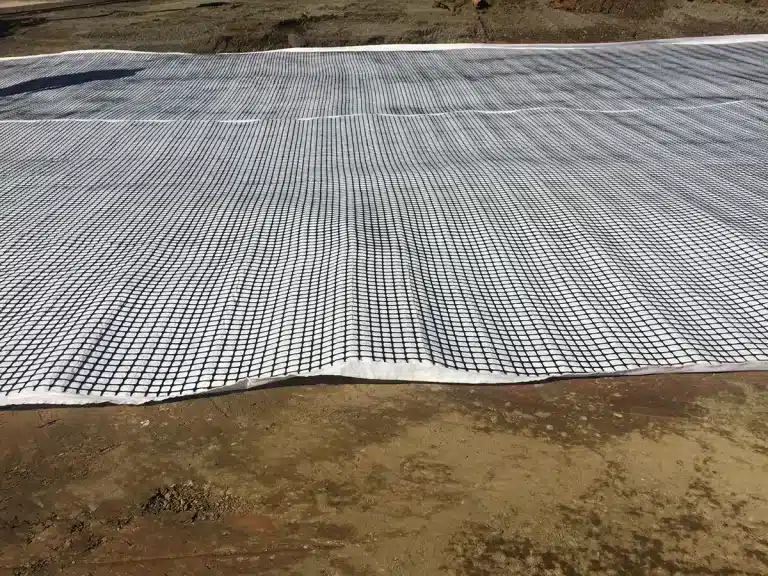
Geocomposite retaining wall is a unique combination of geosynthetics and traditional wall reinforcement technology.
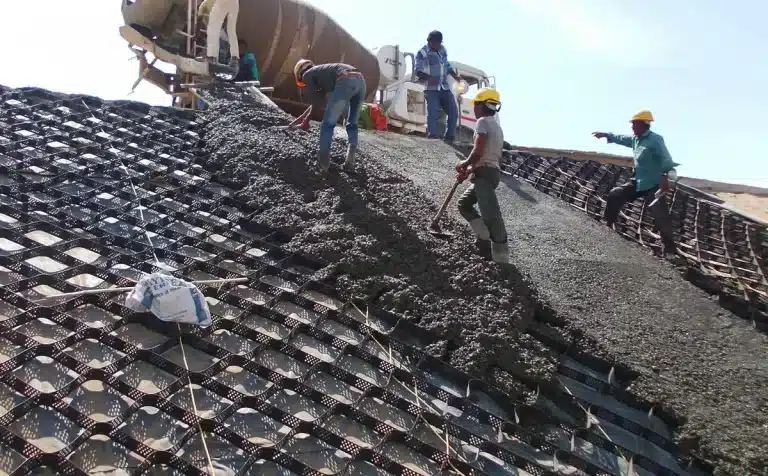
The geosynthetics industry has made significant advances, particularly in the area of waterproofing geomembrane technology.
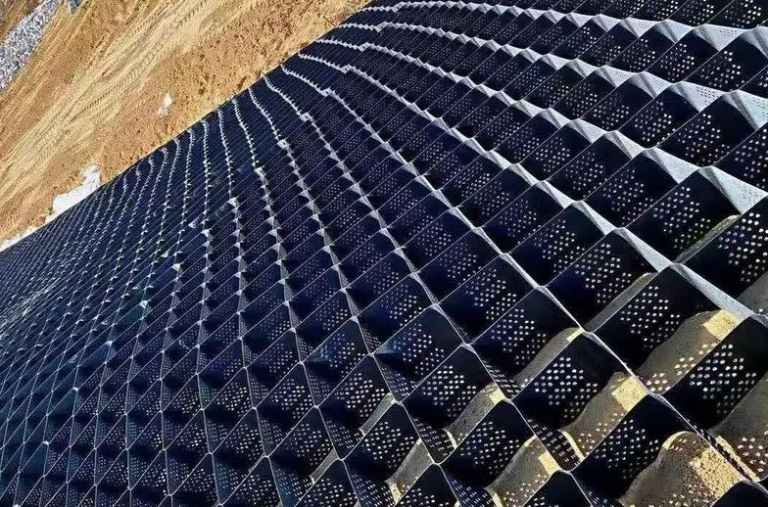
Geocell reinforcement has become a key solution for enhancing soil stability and supporting sustainable infrastructure projects.
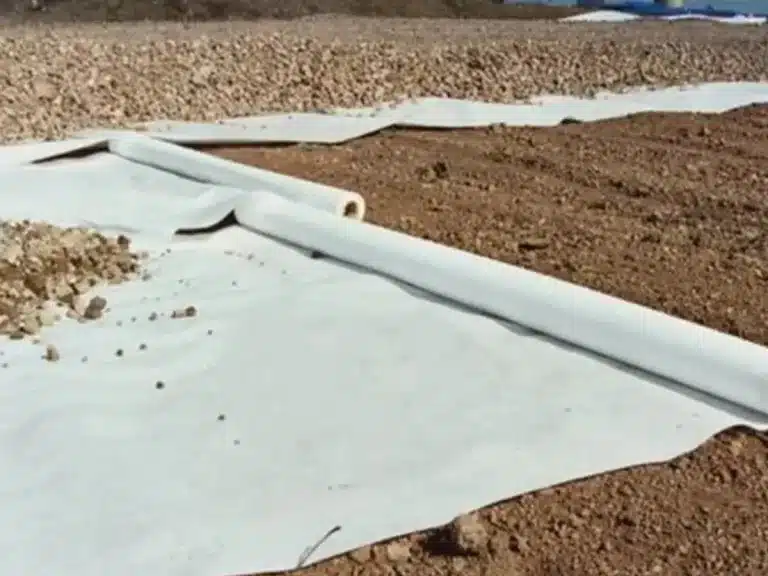
The benefits of using erosion control fabrics in geosynthetics applications are significant, especially in terms of environmental protection.
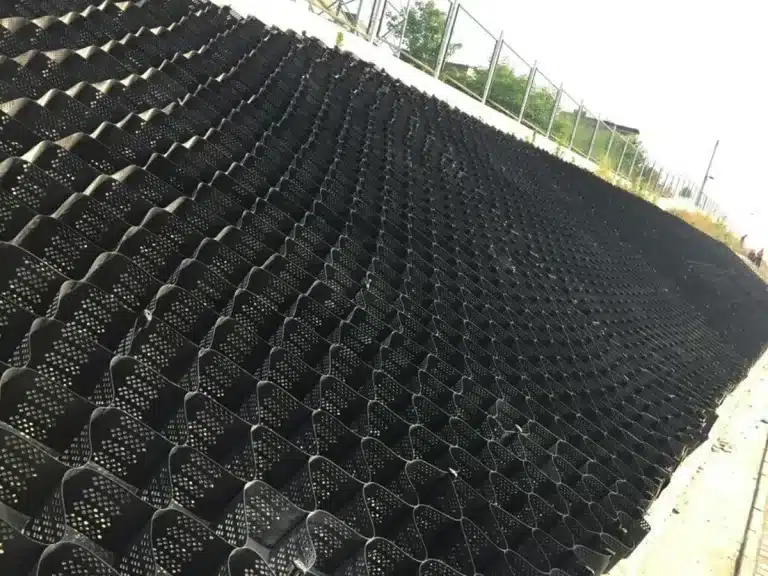
The use of nonwoven geotextiles in various infrastructure and environmental projects highlights their important role in modern engineering.
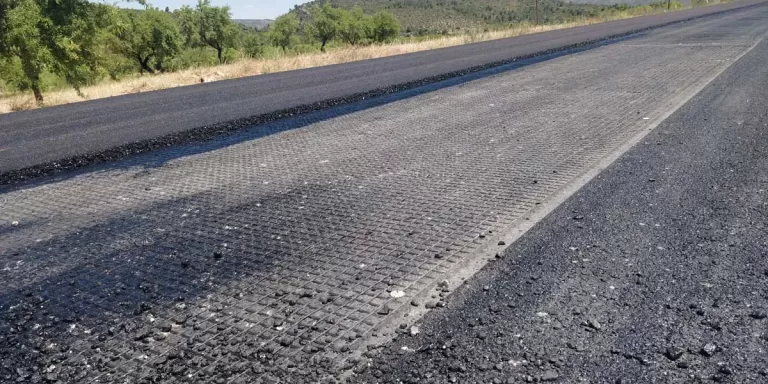
The use of nonwoven geotextiles in various infrastructure and environmental projects highlights their important role in modern engineering.

In the field of geosynthetics, the debate between woven vs non woven materials has been a pivotal consideration for engineers and contractors.
End of content
End of content
WhatsApp us